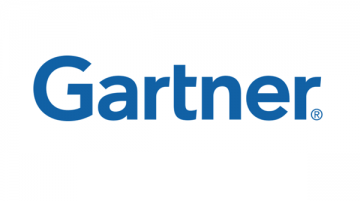 The next five years will see the global flow computer market to grow at 5.84 percent even if the industry is suffering a bit from the move to the cloud.
The next five years will see the global flow computer market to grow at 5.84 percent even if the industry is suffering a bit from the move to the cloud.
For those who came in late, flow computers are used for volume, mass, and density based flow measurement according to real-time signals received by temperature transmitters, pressure transmitters, and flow meters.
With the help of these measurements, cumulative energy is calculated and used for custody transfer, proving, metering, and fiscal transfer.
According to beancounters at Research and Markets the growth is being driven by customers who need advanced and reliable flow computing.
Accurate and reliable data is the key to implement effective measures at the right time. Flow computers record the electrical signals from transmitters and flow meters, and convert them into useful volume or mass-based information that is used in custody transfer and flow measurement.
This has been pushed by companies increased integration with cloud. Technology like the industrial use of Internet of Things has changed the connectivity platform, resulting in down trend of connected devices.
However it is a matter of “the IoT taketh away but IoT giveth” as the capability of connecting real-time data from multiple devices to the end-user through the Internet is an upcoming trend. The report states that another market challenge are advanced computing devices which can do the same thing as flow computers and better.








